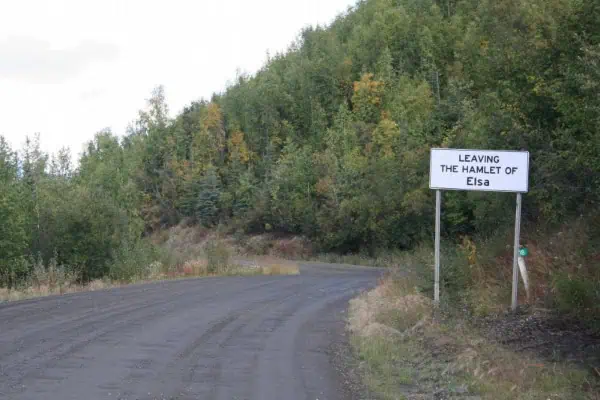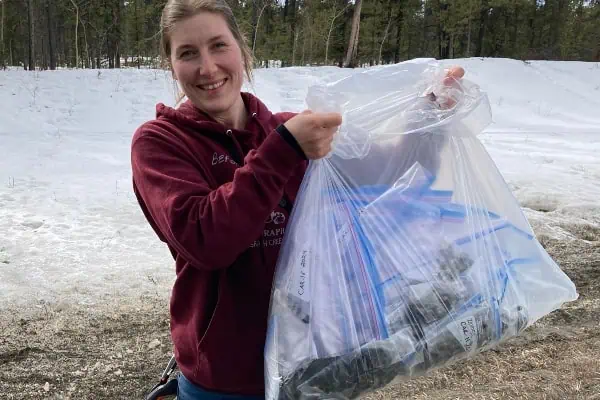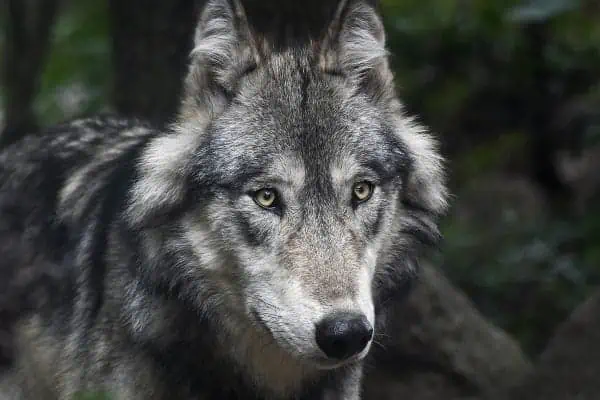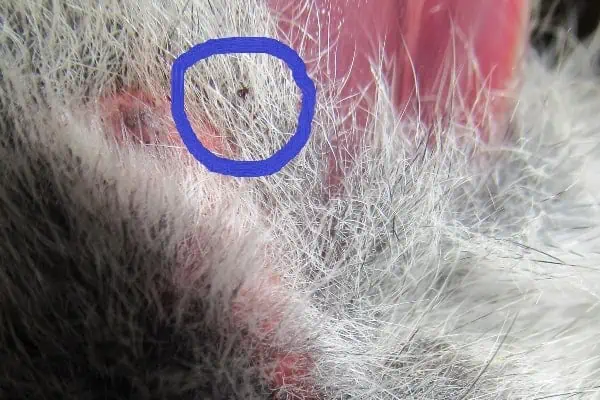Coyotes are survivors. They have been here in the Yukon for just over 100 years and inhabit all areas of Canada, with the possible exception of Nunavut. They are also present on the islands of Newfoundland and Prince Edward Island, presumably having crossed on ice which occasionally has formed and temporarily connected with the mainland.
Coyotes are very adaptable. Unlike other predators, they thrive living in our urban environment. A coyote that does not run away from humans is most likely accustomed or habituated to humans. This generally occurs when the coyote has been fed by humans through pet foods left outside, unsecured garbage, or bird seed from feeders. Coyotes who rely on those food sources are more inclined to begin approaching humans looking for a handout and may also display a “too tame” attitude or aggressive behaviour.
Coyote attacks on humans are rare, but a quick Google search will list hundreds of these incidents. The greatest number involve children under five years of age. At this time, two deaths have resulted from coyote attacks. A four-year-old child in California and a 19-year-old woman in Nova Scotia were the victims. Coyote encounters can be a single animal or groups (packs.)
In Whitehorse, a four-year-old was attacked a few years ago. The child was playing on a snow mound at the mouth of the driveway as the parent cleared snow. The parent scared off the animal with the snow shovel. Over the years, a number of people walking in the Millennium Trail area have been followed, challenged and even had their bagged lunch taken from their hands. Many small dogs (some on leashes) and house cats have been taken or killed on the property where they live.
It is a stirring moment when you hear coyotes howling and yipping in the distance and that is part of the Yukon outdoor experience.
AVOIDING COYOTES
- Do not feed them or leave food out where they can access it.
- Feed your pet(s) indoors.
- Pets roaming free can be a coyote victim.
- Spilled bird seed attract small rodents which are on the coyote food list.
- Secure garbage.
- A fence should extend six feet under the ground surface.
- Always be aggressive towards coyotes. Shout, raise your arms, throw a stick. Children and pets should be right with you.
- Children need to be taught that coyotes are dangerous and should be avoided.




